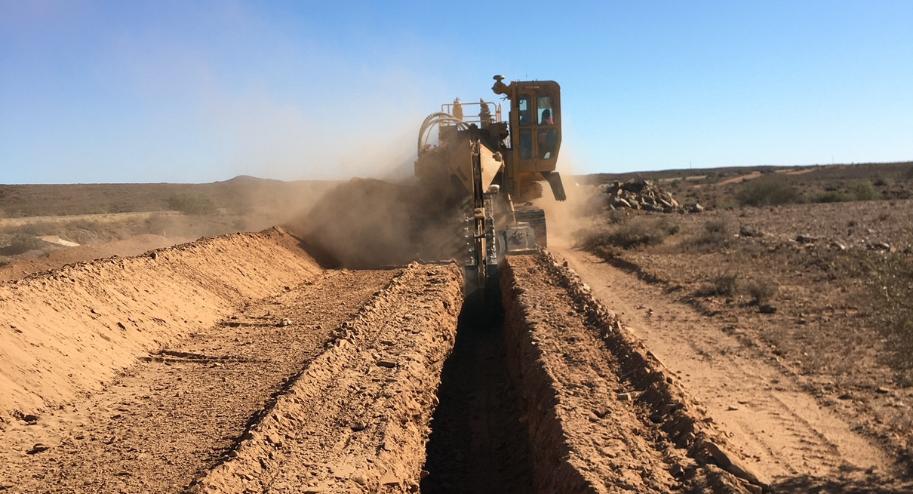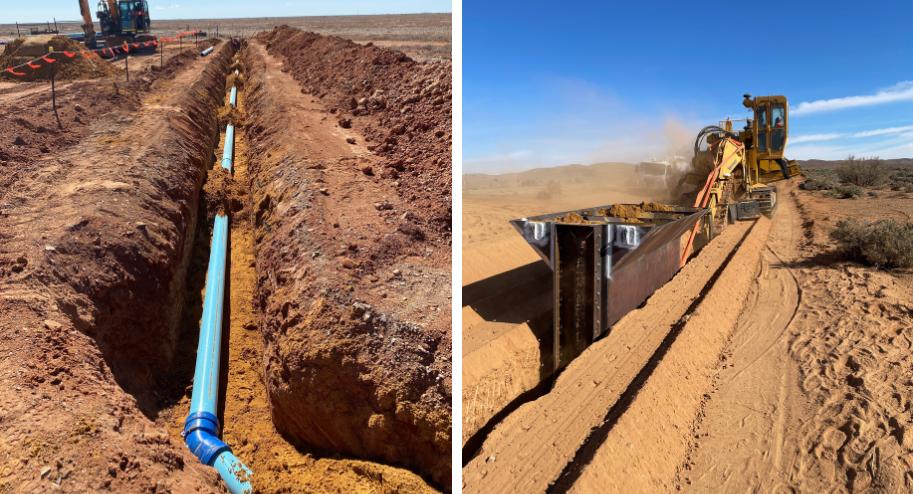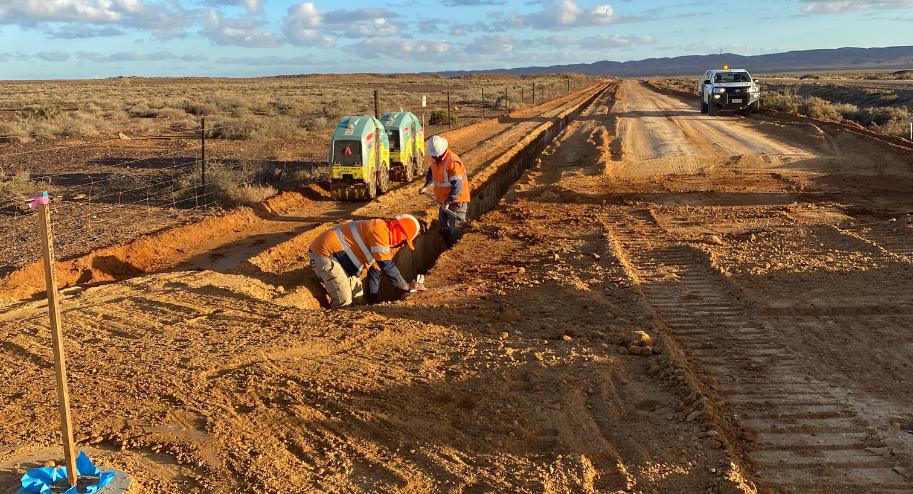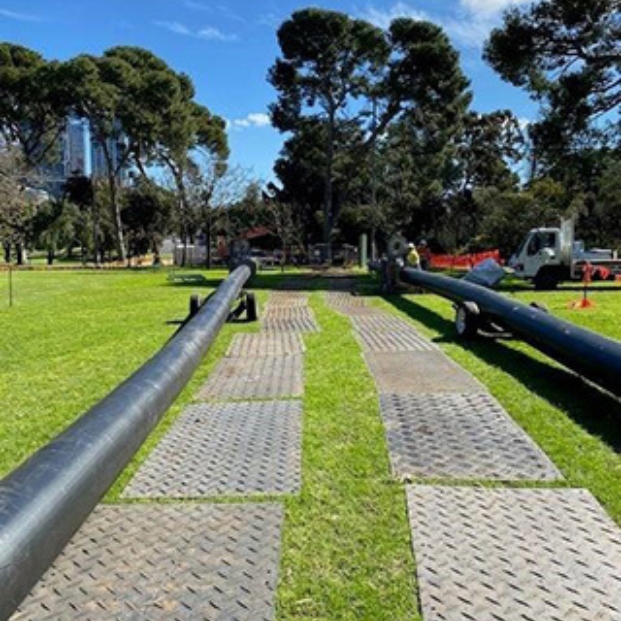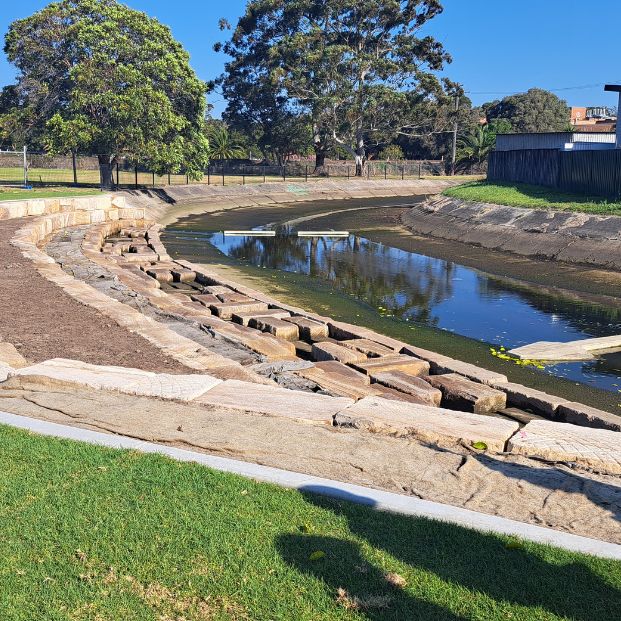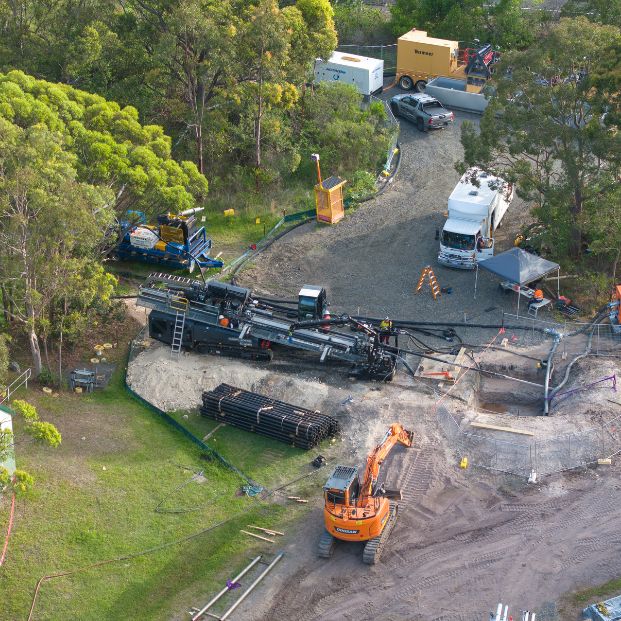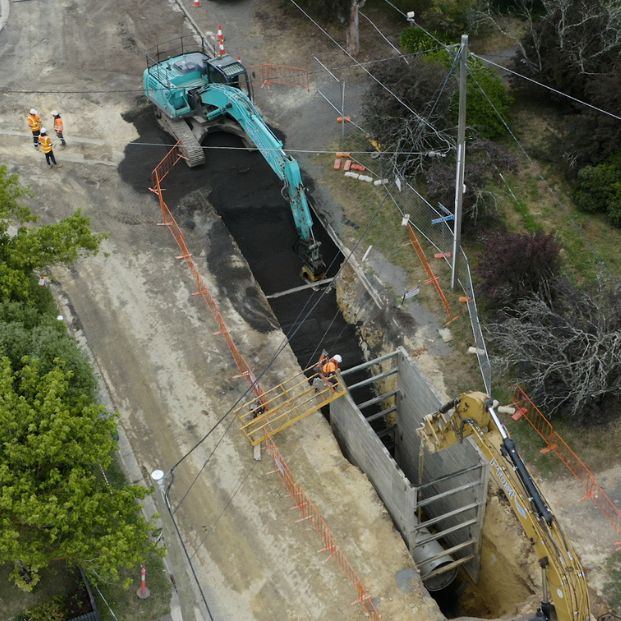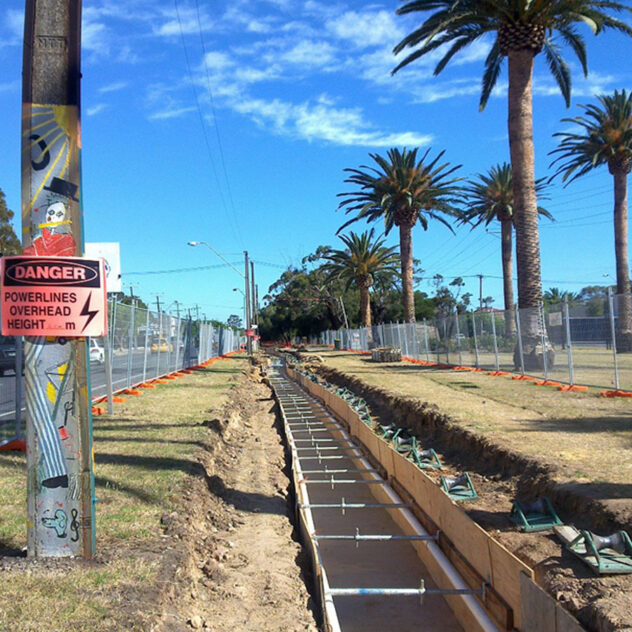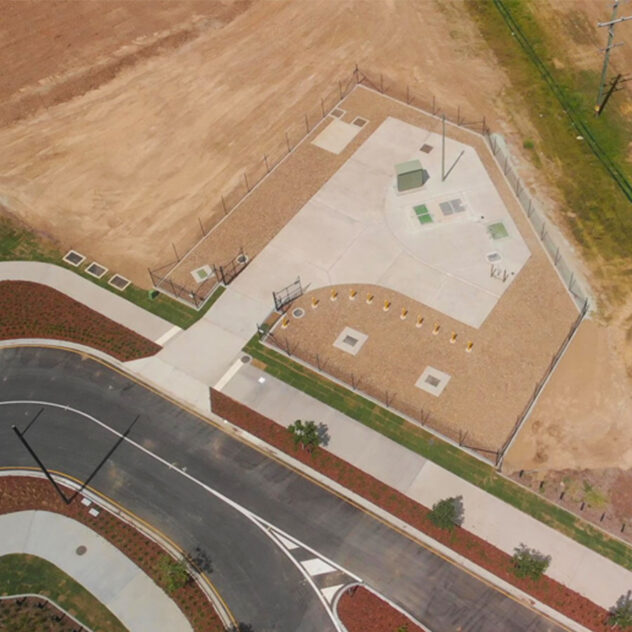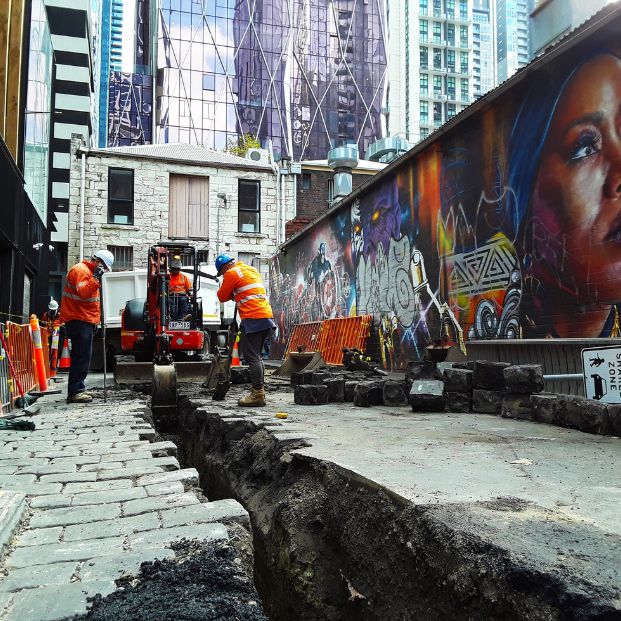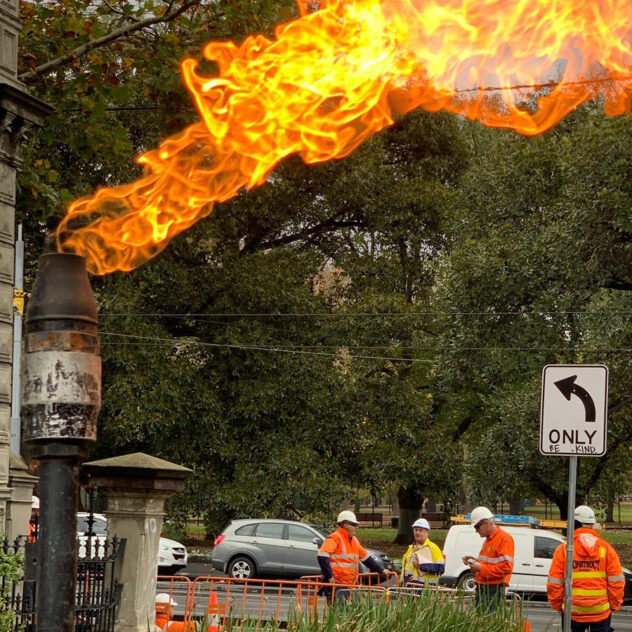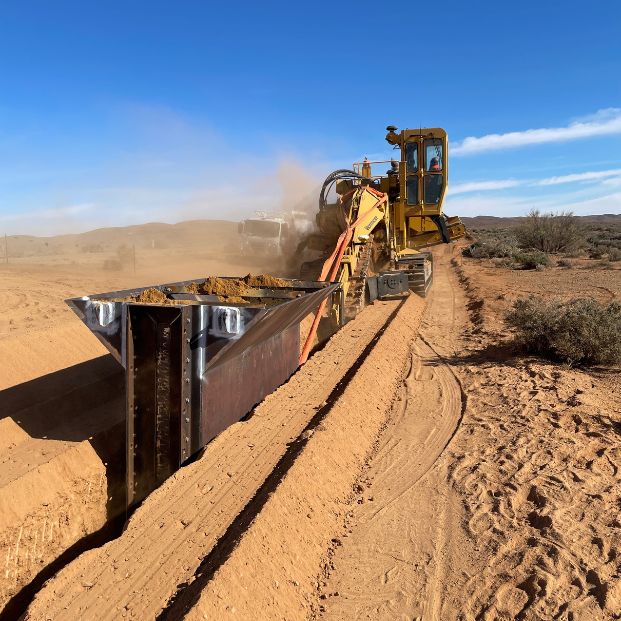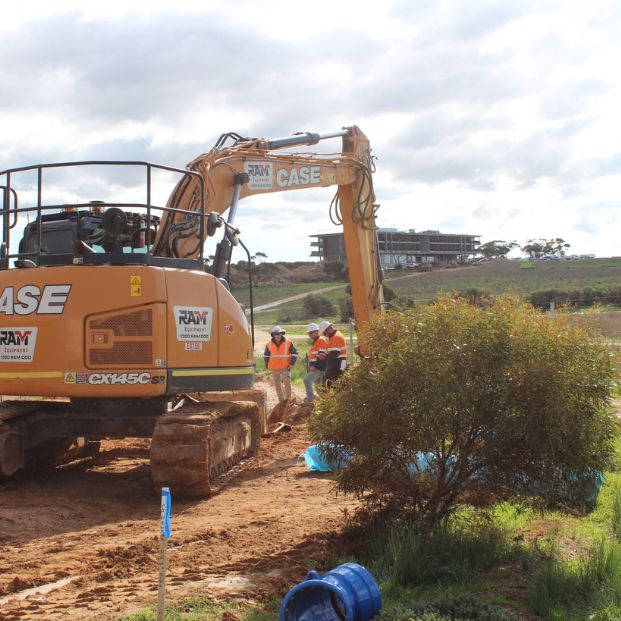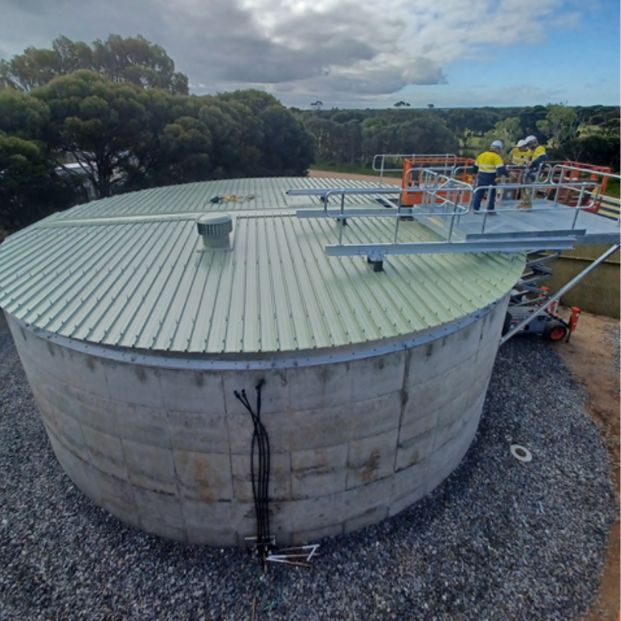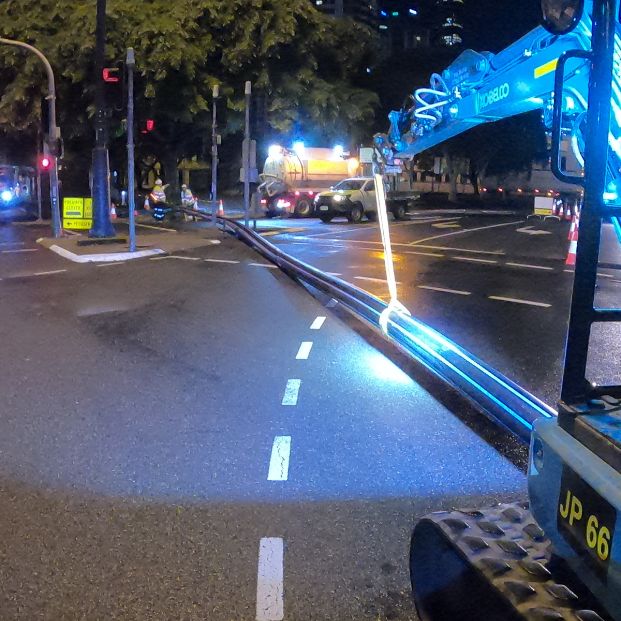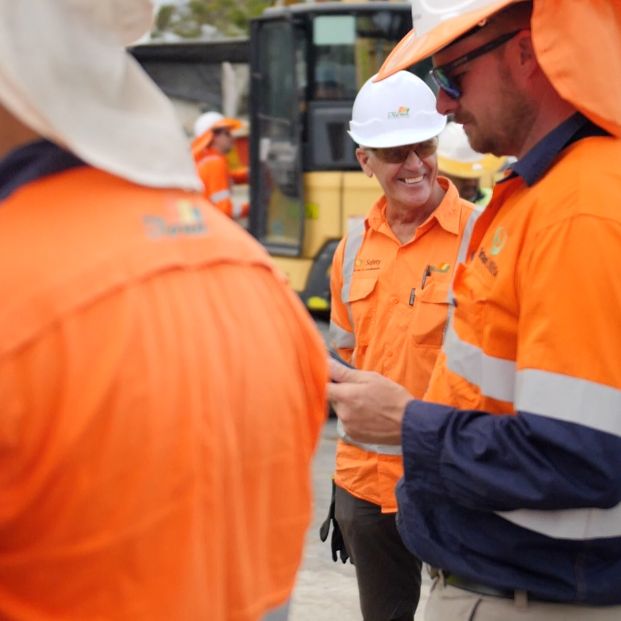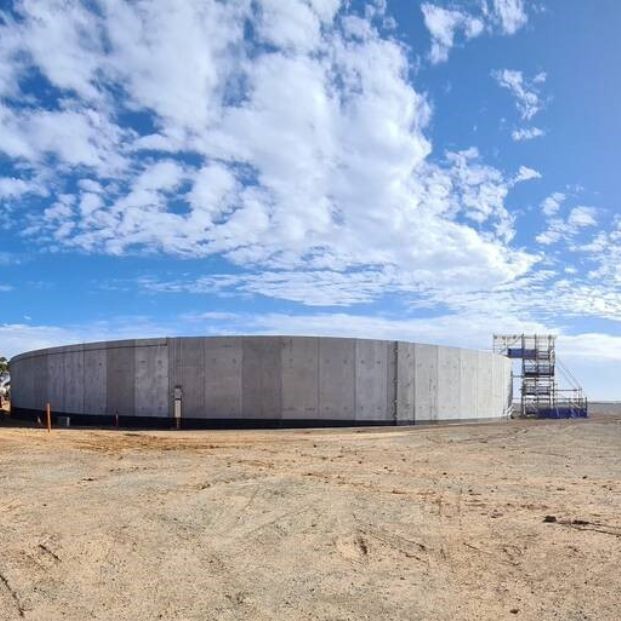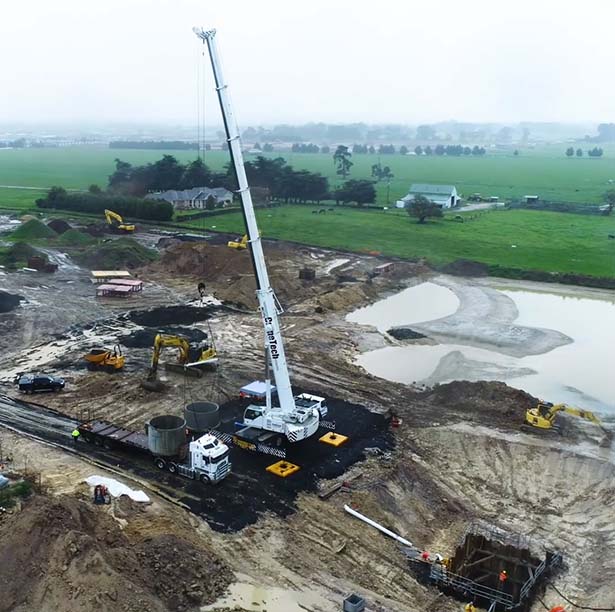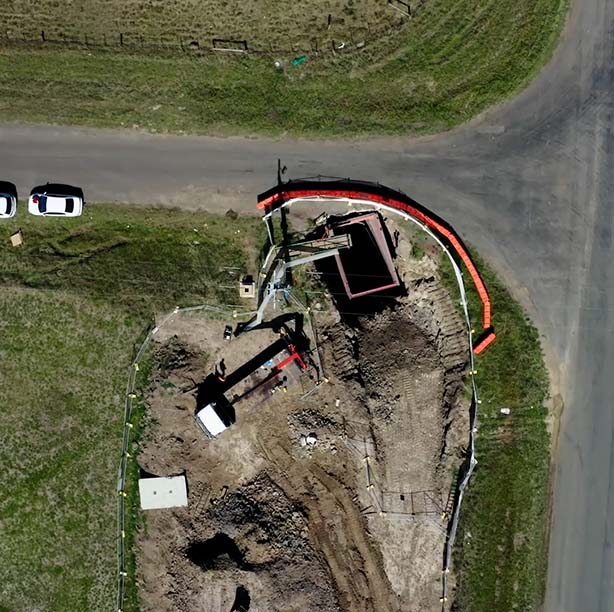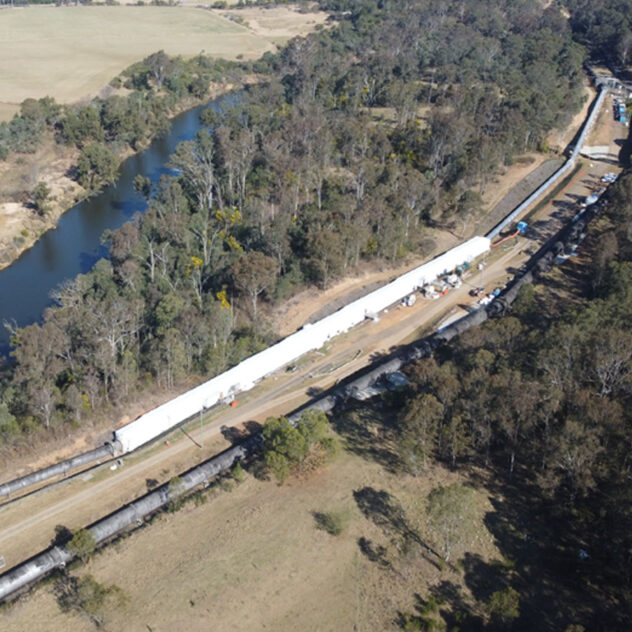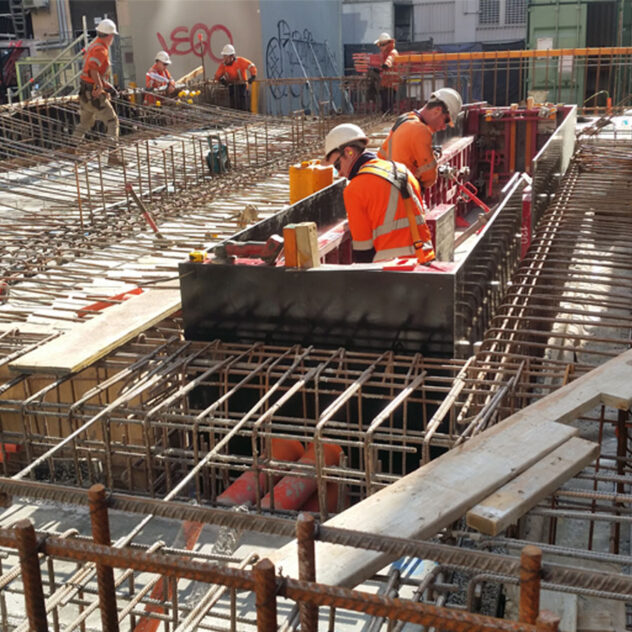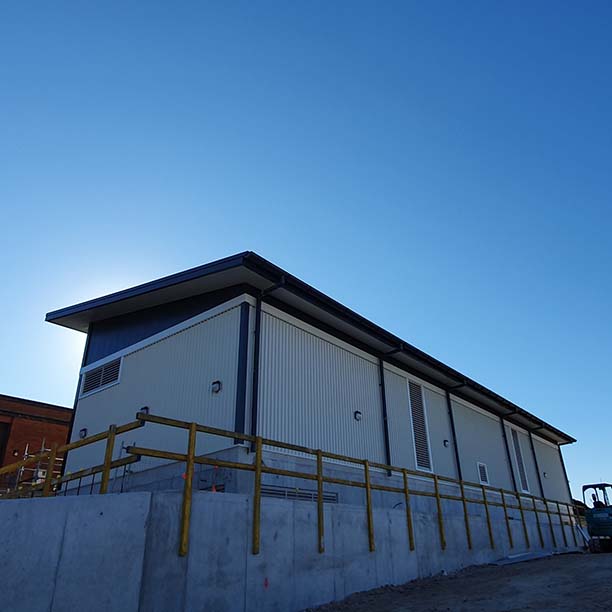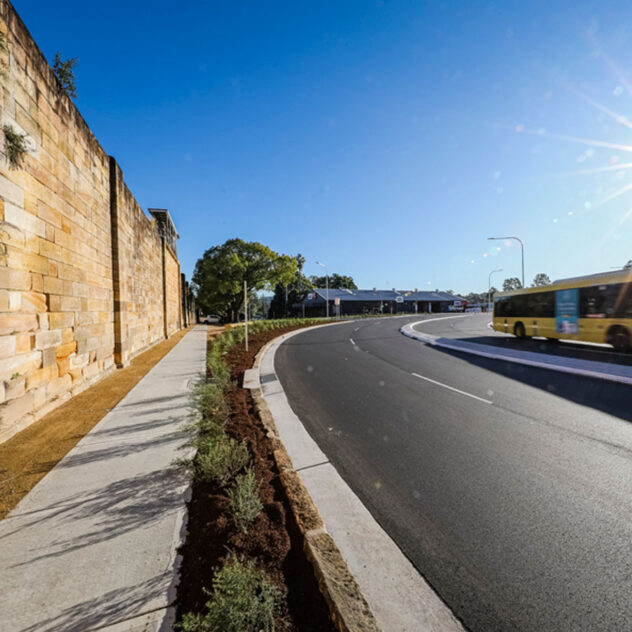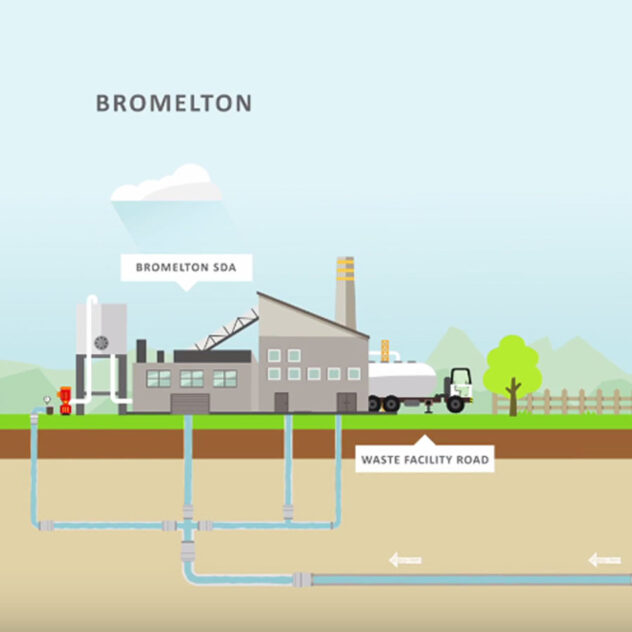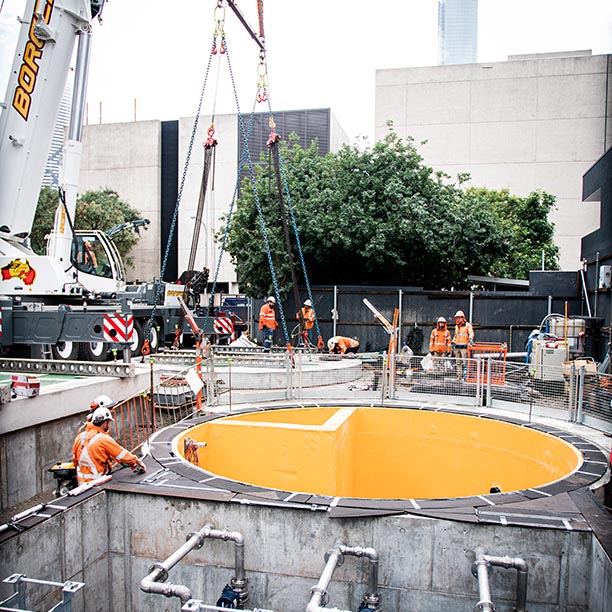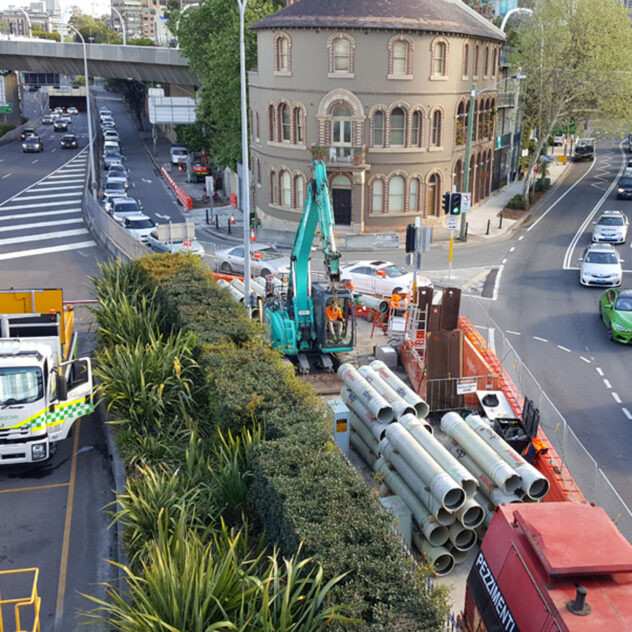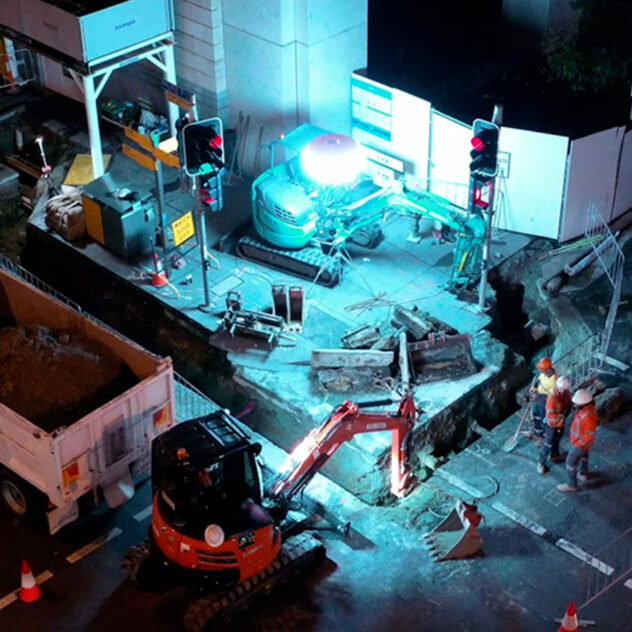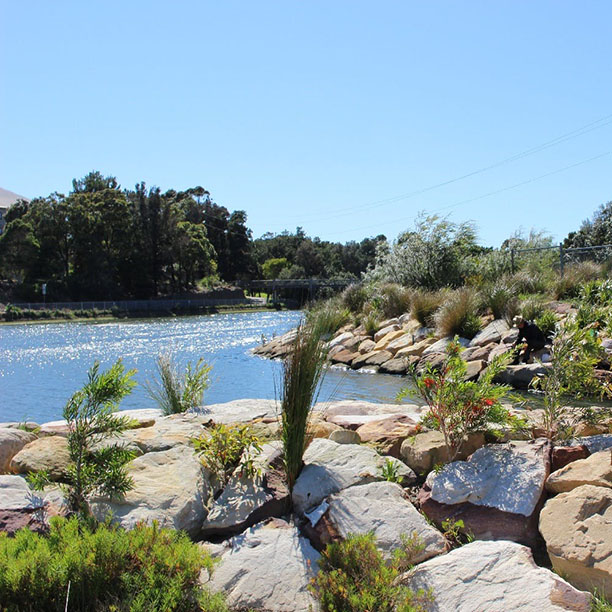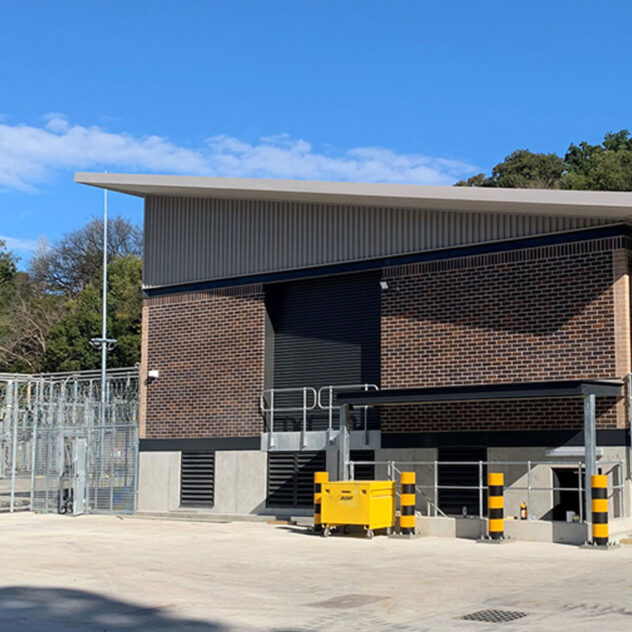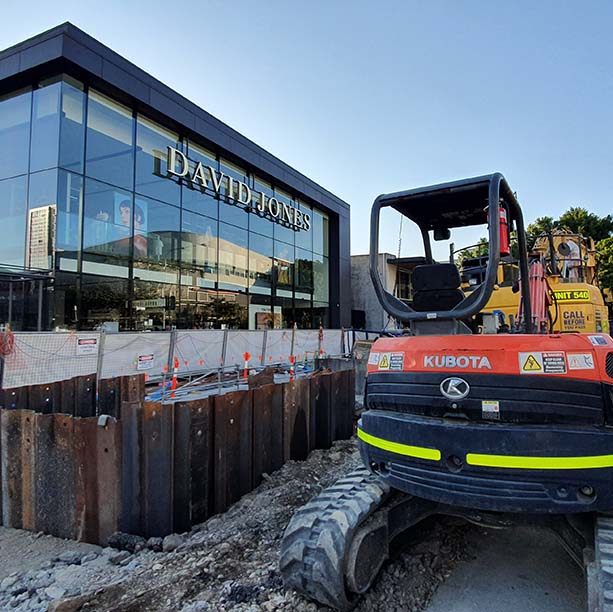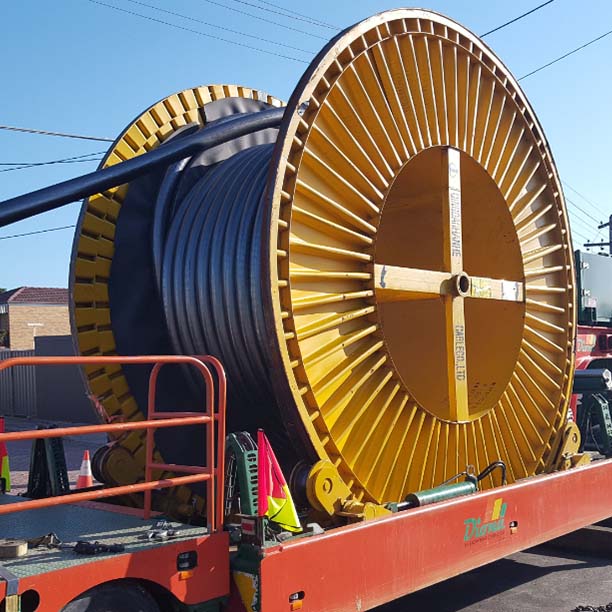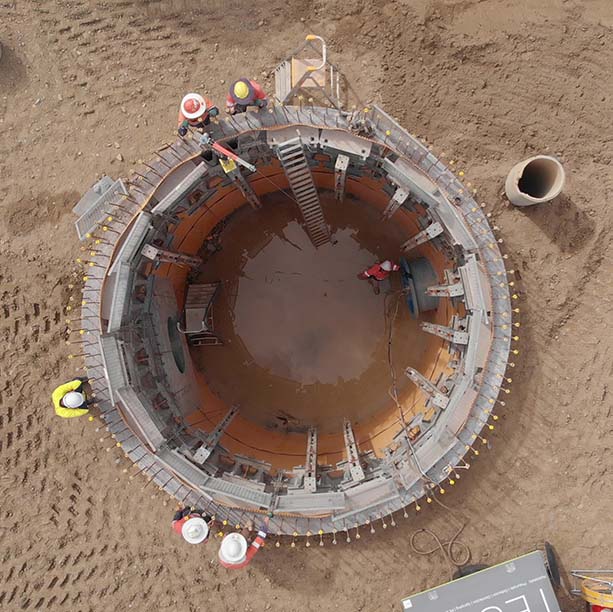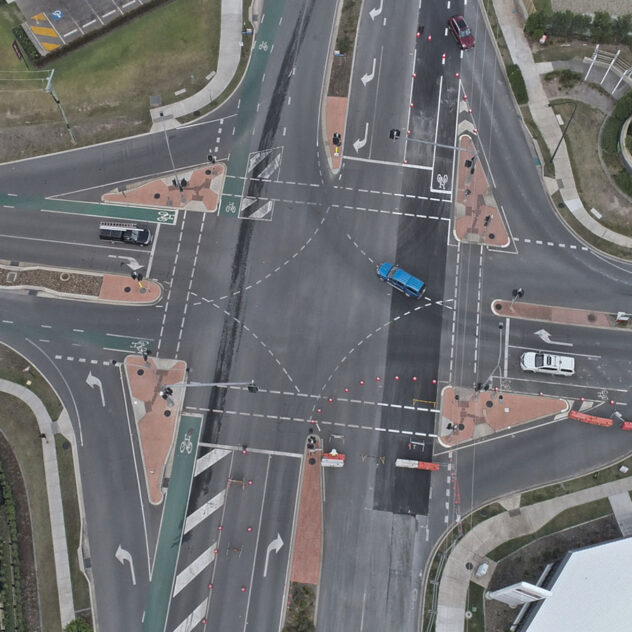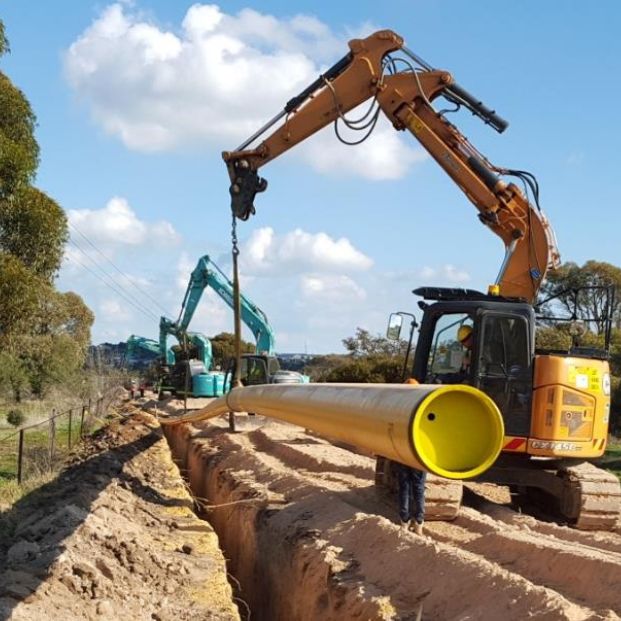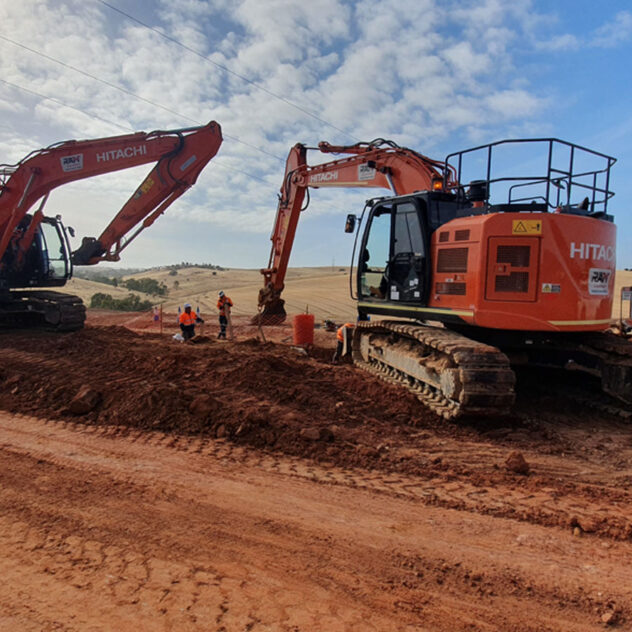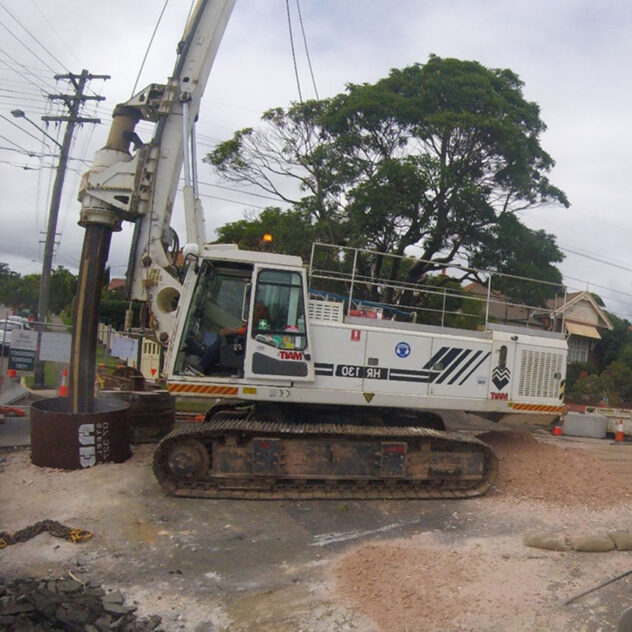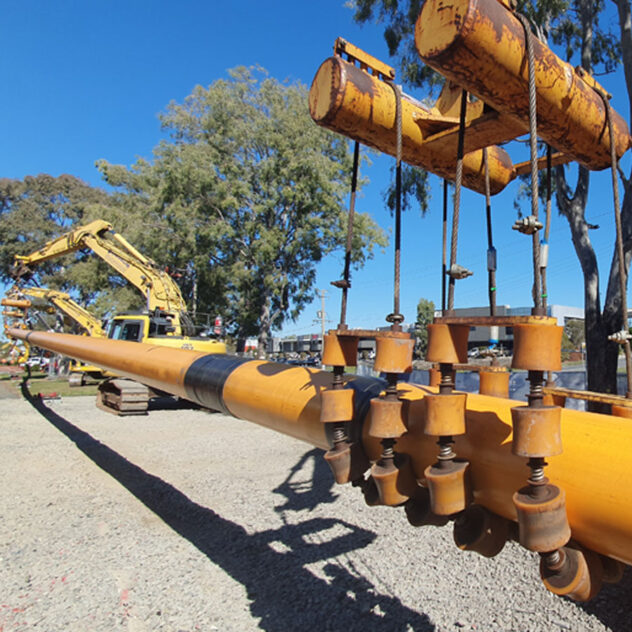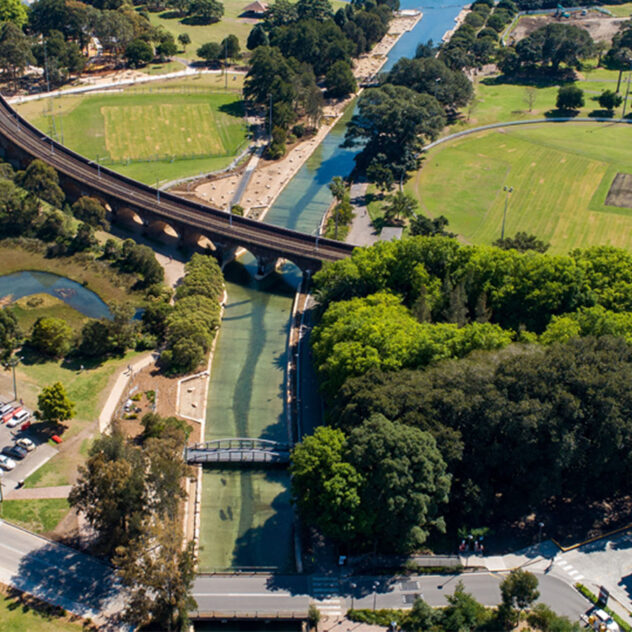Fostering Water Security and Indigenous Engagement
SA Water’s Leigh Creek Pipeline project enhances water security, safety, and maintenance access while respecting the culturally significant land of the Adnyamathanha community.
Project Overview
The Leigh Creek Pipeline, a vital part of SA Water’s Water North Framework, was executed by MDJV, a joint venture between Diona and McConnell Dowell. Situated 550 km north of Adelaide near Ikara-Flinders Rangers, this project involved constructing a new 22.5 km pipeline. The focus was to relocate the existing water main around a decommissioned coal mine, enhancing water security, safety, and maintenance access while respecting the culturally significant land of the Adnyamathanha community.
Project Need
Leigh Creek’s decommissioned coal mine presented a unique challenge: the existing water main was situated on culturally significant land, posing risks to both the environment and the local community. The need to relocate this infrastructure was critical for ensuring safe and accessible water supply maintenance, contributing to the region’s water security and respecting the cultural heritage of the Adnyamathanha people.
Project Solution
The Leigh Creek Pipeline project involved careful planning and execution to safely divert the water main from the decommissioned mine. This included the construction of a 22.5km pipeline through a remote and environmentally sensitive area. MDJV’s approach prioritised safety, environmental stewardship, and respect for cultural heritage throughout the project. The team worked closely with local communities and councils to ensure minimal environmental impact and positive community relations.
Value Add | Benefit
Cultural and Community Integration
The project made significant strides in community involvement by engaging the local Aboriginal workforce. Notably, 14% of the construction hours were undertaken by Aboriginal and Torres Strait Islander workers. This involvement, coupled with training and mentorship programs, exemplified the project’s commitment to fostering community development and respecting the cultural significance of the Leigh Creek site.
Environmental Conservation Efforts
The project demonstrated a strong commitment to environmental sustainability through its collaborative efforts with the local council, leading to the successful remediation of creeks and walking tracks. This initiative not only revitalised local ecosystems but also enhanced community spaces, contributing to the region’s natural heritage preservation. Moreover, the project exhibited environmental consciousness through the smart use of local resources. Specifically, water from a nearby raw water dam was used for dust suppression and soil conditioning, significantly reducing reliance on potable water. This strategic approach not only conserved valuable water resources but also exemplified a responsible and innovative management of environmental impacts during construction.
Innovative Stakeholder Engagement
Through active community involvement, the project set a benchmark for building respectful and lasting relationships with Traditional Owners, enhancing the project’s social and cultural value.
Key Aspects
- 22.5km of water pipeline installed
- 16,960 personnel hours
- 2,430 hours (14%) of work undertaken by Aboriginal and Torres Strait Islander workers.
- 5 local Aboriginal workers were employed for the duration of the Project, including a 19-year-old who received on-the-job training and mentoring under MDJV’s Young Novice Mentoring Program.
- Economic benefits realised for several local businesses in the remote community of Leigh Creek.
- Presented at Ozwater’22 on ‘Building respectful lasting relationships though Aboriginal Economic Participation’ about our successful engagement with Traditional Owners in Leigh Creek.
- Worked with the local council to remediate creeks, swale and walking tracks which included relocation of the 3500t rock to council stockpile yards and placing materials in the creek beds.
- Utilised water from a raw water dam for dust suppression and spoil conditioning, reducing potable water usage by 11,508 kL through the application of the water management hierarchy.
ESG Alignment
The relocation of the water main away from culturally significant land demonstrates a commitment to protecting the environment and respecting local ecosystems. Additionally, the project’s focus on using local resources for activities like dust suppression and soil conditioning minimises the environmental footprint and conserves valuable water resources.
Ensuring community well-being through minimal disruption during construction, preserving cultural heritage, and fostering sustainable urban development in densely populated areas.
By enhancing water security and safety through the construction of a new pipeline, the project contributes directly to improving access to clean water and sanitation, a fundamental human right.
The project’s focus on respecting cultural heritage, engaging local communities, and minimising environmental impact contributes to creating more sustainable and inclusive cities and communities.
By conserving water resources and reducing reliance on potable water for construction activities, the project mitigates environmental impact and contributes to climate resilience.
Through collaboration with local councils, engagement with Traditional Owners, and participation in conferences like OzWater22, the project fosters partnerships and promotes knowledge-sharing for achieving sustainable development objectives.
